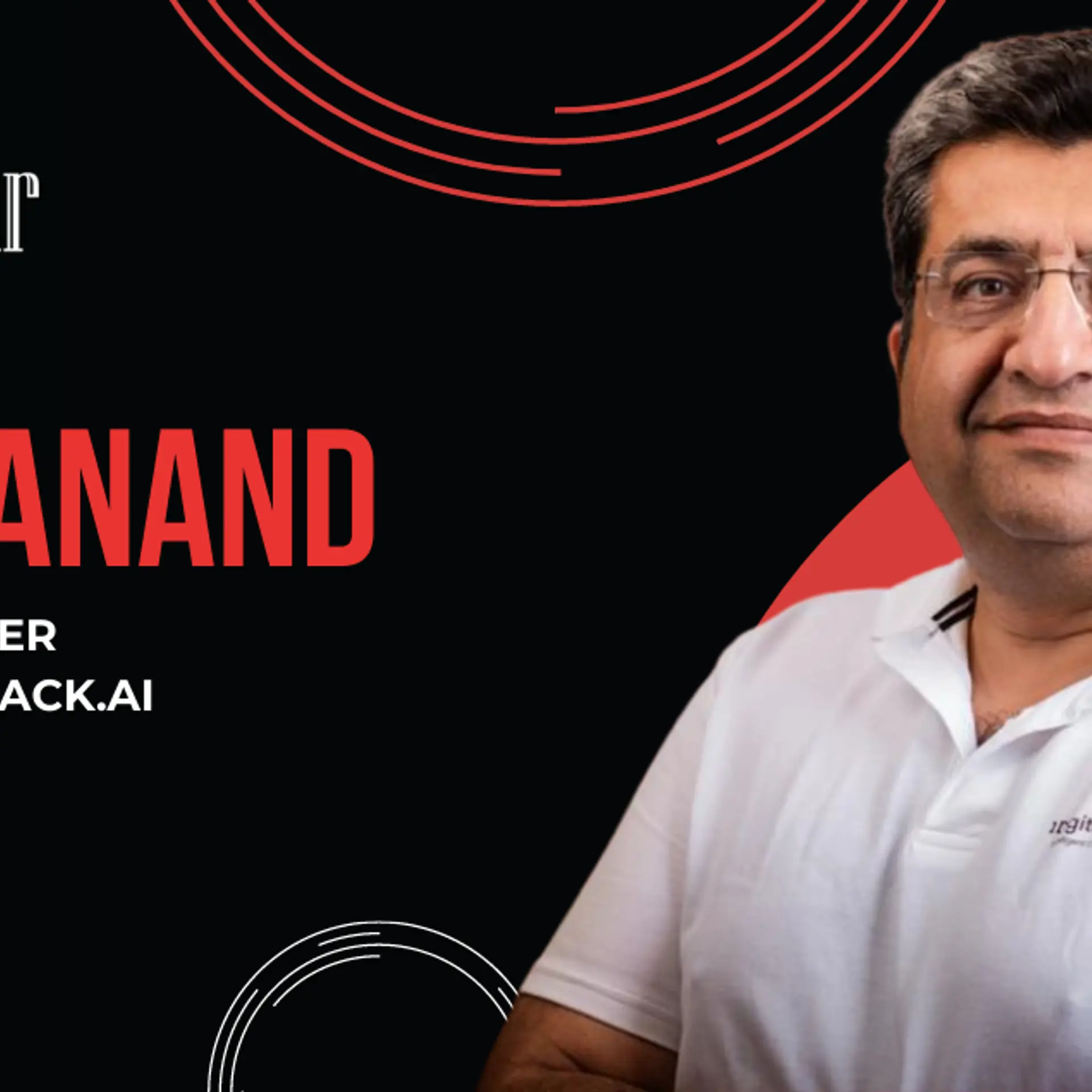Google lead and musician Harish Sivaramakrishnan of Agam talks about taking Carnatic music to young people
Imagine this. A 1,000-strong audience at a prominent club in Bengaluru singing in tune a pure Carnatic kirtana Manavylakinchara…by doyen Thyagaraja.
The audience does not just stop at singing along, but demands an encore. It’s the same with all the other songs the band plays through the two-and-a-half hour performance. It’s evident that this is a different format from the normal katcheri, Carnatic music is associated with. The audience, however, is not complaining...
The band, Agam. The genre, Carnatic progressive rock. The album – A Dream to Remember. The musicians - a group of techies, most of them from BITS Pilani who have been rocking the Indie music scene for the past eight years with their unique arrangements and semantics of pure Carnatic compositions, attaining a niche that’s just growing bigger by the day.
It takes me three months to pin down Harish.
Sivaramakrishnan, the lead singer of Agam for a conversation. A hometown connect helps, only partly. The band is on tour, with sold-out gigs all over India, Malaysia, Singapore, and more recently, London. Harish is also busy being a techie - as Head of Mobile Transformation –India at Google.
And when we finally meet, I realise the man is modest to a large degree. Also, unflinching and not afraid to mince words. There’s no “I will give up everything for music”, or “I am juggling both work and music” statements. He admits he is sceptical about what he is doing but remains optimistic that art can move out of its rigid confines and expand.
“Carnatic music is the only music I know. I was initiated into it at the age of five. The genre Carnatic progressive rock came by accident, it was not pre-meditated. Most of my band members are my juniors. When we got together, we wanted to see how our music would do in an orchestra-format. We played with the strings and the voice and toyed with the idea in different ways. Some of them worked, others didn’t and eight years later, here we are,” he explains.
Their first live show was at a venue in Indiranagar, Bengaluru that was attended by a group of 25, mostly comprising friends and family.
Since then, Agam has come a long way, drawing the youth to their specialised format of Carnatic music. How does it feel to see thousands of young people humming to the chorus of a purely Carnatic composition?
“It touches me for multiple reasons. A lot of young people don’t generally listen to Carnatic music because of its format. I would say that the format killed the music. You see three people sitting on a stage, with extremely predictable arrangement, and attire. The audience also expects the same predictable hree sangatis, that’s the problem with formatising art. At Agam, we love the art, but we don’t necessarily love the format. The people singing along is only because it takes them away from the confines of an elitist environment where it is tied down to a few notions and beliefs and semantics. We broke the semantics, but we didn’t break the art,” says Harish.
Like every art has its critics, Agam too has received a lot of flak “for taking Carnatic music to pubs”. Harish is vocal about this line of purist thought.
“There is nothing purist about them. I believe tradition is a myth. When people did things in a particular way, it became easy for others to repeat. Remember, anything that changes the status quo pushes people to think. Half the people who say don’t take the music to a pub may never have visited a pub or know what the atmosphere is like. Katcheri sabhas have terrible acoustics and food. It’s really unfortunate that people think this way,” he says.
According to Harish, the same applies to fusion too. “Fusion is a nice idea when you do it nicely and when you put in the right kind of effort. But it’s often used as an excuse of not putting in effort with no real preparation, planning or conviction.”
The conversation veers to his other life, his day job at Google. It’s apparent he hates the word juggle to describe how he looks at his work and his music.
“People are very generous when they give me credit for being a multitasker. I despise the idea of multitasking, I do only one thing at a time. When I am working, I am working, and when I am playing music, I am playing music. I spent ten years of my life in Adobe with the most supportive set of people who nurtured my art and allowed me to do my thing. Through the years, my fortune continued with every other company I worked for. I largely give credit to my employers, my family and the people around me,” he says.
He is pragmatic when he says he doesn’t play music to pay his bills, but works to do it.
He is also forthright when he speaks about passion as the fulcrum of people’s goals. “I don’t think I am passionate about my music or job, I don’t even understand passion so to speak. If I had enough money, my passion would be automobiles. I can’t play or create music every day, it bores me. I also cannot design everyday – I do different things on different days. If I am diligently passionate about anything, it’s about making money,” he adds.
Right now, Harish and Agam plan to go wherever their music takes it. There are shows planned in Europe next month and two more compositions left in the Dream to Remember album.
The hour-long conversation brings me to only one conclusion. Change is the only constant. And when music changes, so will dreams and hearts!







